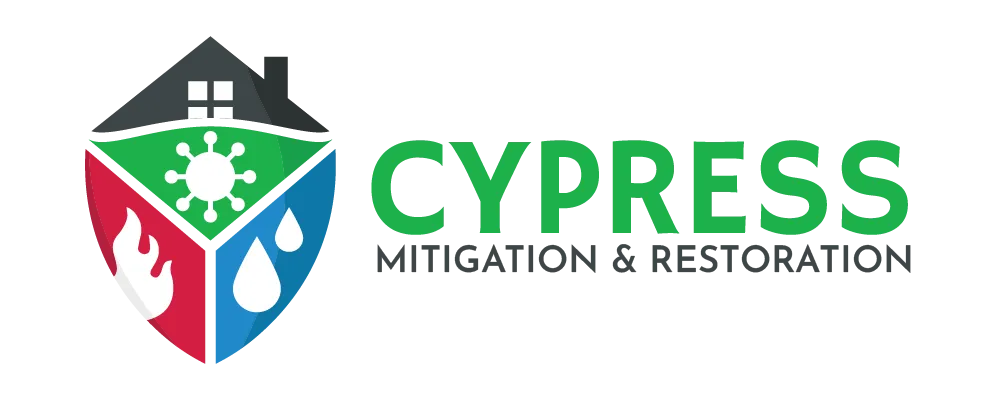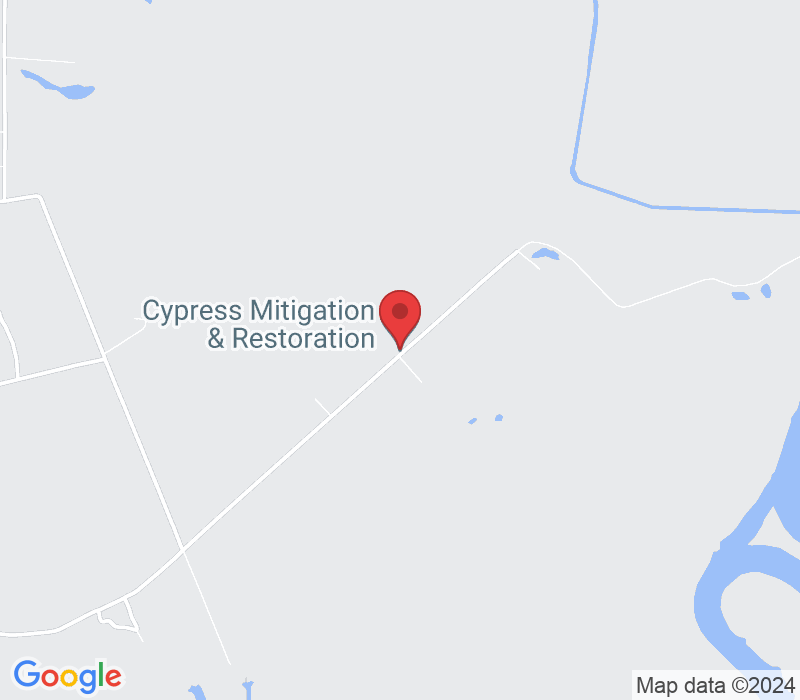EMERGENCY HOTLINE:
CALL OR TEXT 855-9-CYPRESS
Rebuilding Homes,
Restoring Lives
Your trusted go-to partner in comprehensive mitigation and restoration services.
ABOUT US

“Restoring Homes & Businesses One at a Time"
Welcome to Cypress Mitigation and Restoration, where decades of healthcare expertise converge with a heartfelt commitment to restoring homes and businesses. Founded by a retired physical therapist and a retired nurse, our business is driven by compassion, precision, and a dedication to community service.
Drawing from our healthcare background, we recognize the critical importance of a safe and healthy environment. At Cypress Mitigation and Restoration, for the last 17 years, we extend our mission beyond restoration and remediation by actively serving our community through a non-profit disability organization by the name of Trinity Outdoors Disabled Adventures.
Our team, composed of skilled professionals, utilizes cutting-edge technology and proven techniques to swiftly address water damage and mold issues. We prioritize your well-being, ensuring that your property is not only restored but also contributes to the betterment of the community we call home.
Our services
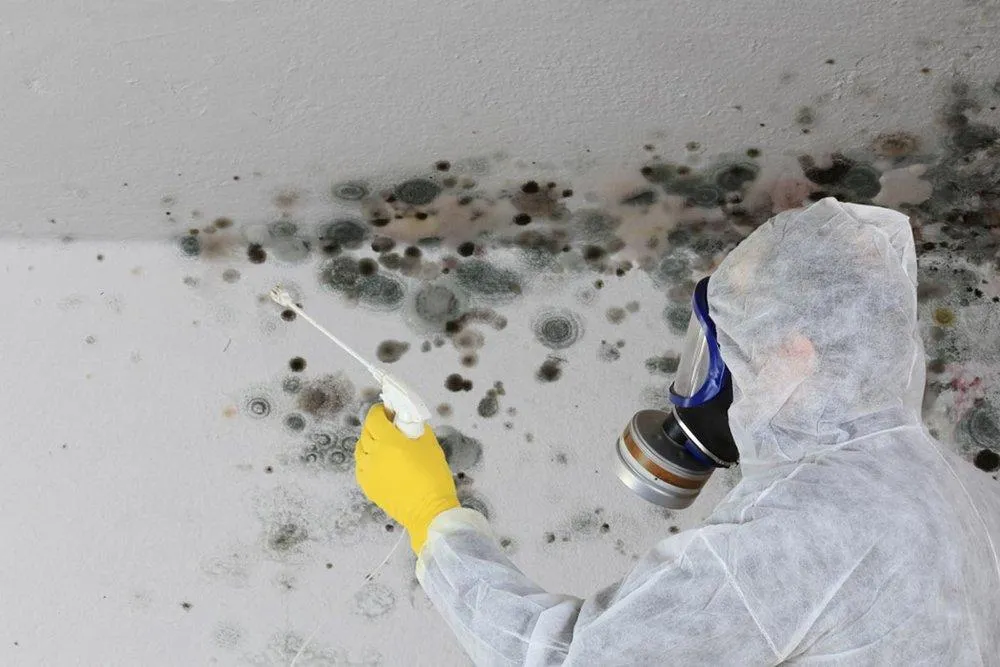
Mold Removal
If you have found or suspect you have mold in your property, call us for assistance. We’ll respond quickly and provide a FREE inspection and estimate.
Our professional mold removal team identifies the source of the mold problem so that it is eliminated and reduces your risk of having additional problems in the future. The visible mold growth on a wall or ceiling is often only part of the problem. There is often hidden mold growth in walls, under floors, or behind appliances. Mold can grow practically anywhere in a home or business if the right conditions are met.
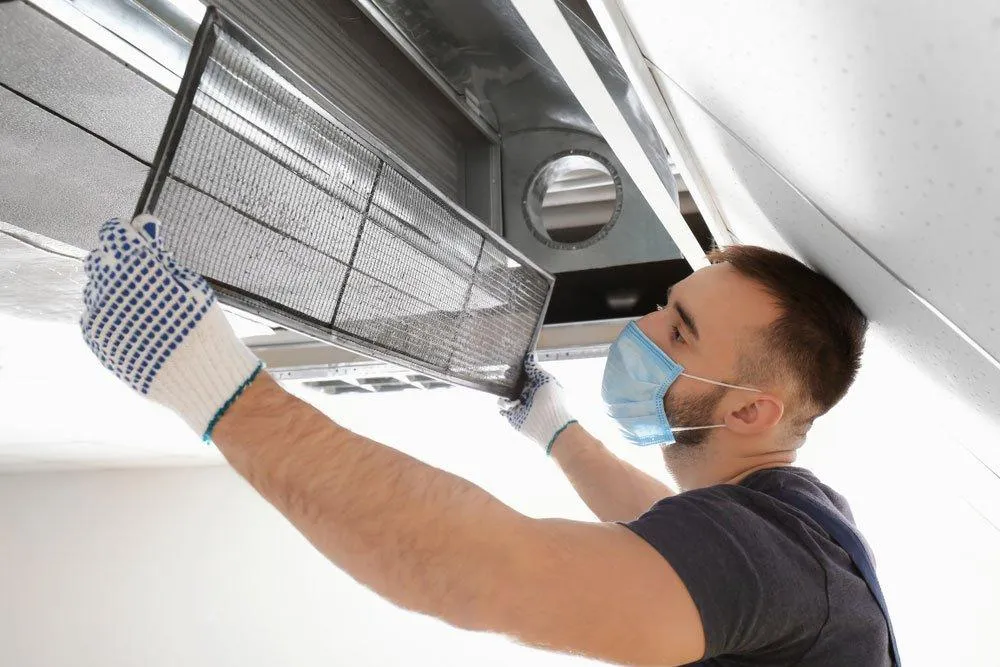
Air Quality - Disinfection & Sanitizing
Our team is trained in adhering to the highest cleaning, sanitizing and disinfecting standards set by the Centers for Disease Control and Prevention (CDC), using hospital-grade disinfectant that is safe for children, pets and the elderly.
Environmentally Safe. All Organic. Safe for People & Pets.
Our disinfectant is EPA-approved and plant-based. This organic disinfectant does not need to be wiped off and dries within 10 minutes. With the ongoing COVID concern, as well as other harmful bacteria and viruses that put your workers, customers and residents at risk, it’s always better to be extremely cautious when it comes to ensuring your environment is safe.
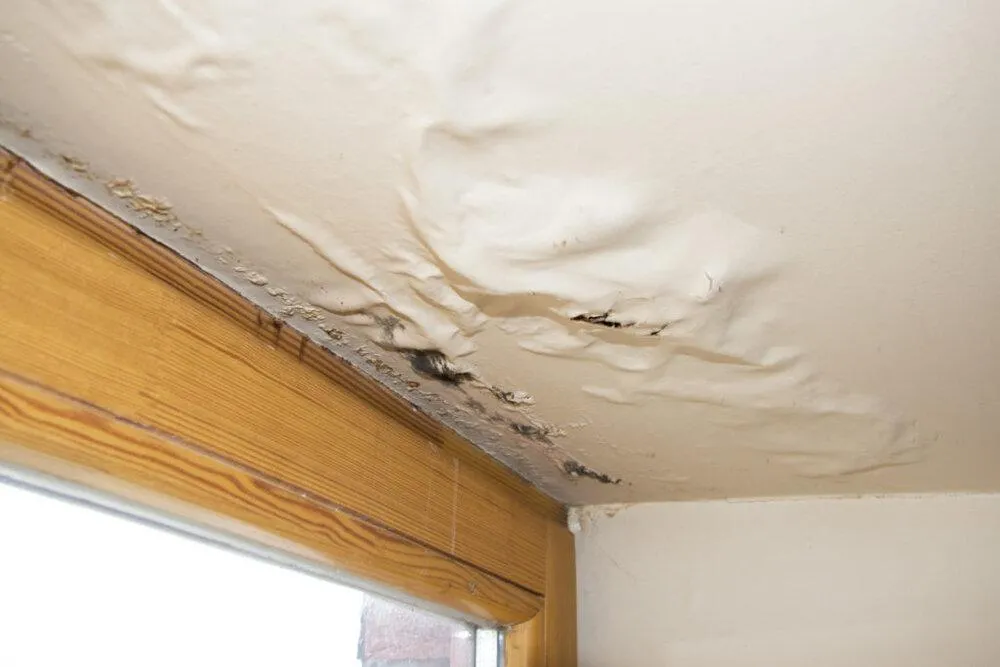
Water Damage
Cypress Mitigation is ready to respond to your water damage emergency, any time, day or night. We provide a FREE inspection that can even be performed virtually to save time – because time means damage. After assessing the damage, our certified technicians will quickly provide a plan to restore your property. We are ready to begin work immediately.
Properly restoring your home or business after water damage has occurred requires Our certified, experienced technicians use advanced methods and state-of-the art equipment to quickly extract and dry water in your home or business.
If you prefer, we can bill directly to your insurance company and we also offer cash -pay options.
OUR WORK
Our experience in the Restoration Business
why cypress?

Free Inspection

Fully Licensed & Insured

IICRC Certified

Warranty on all work

Family Owned & Operated
AREAS OF OPERATION


Serving The Gulf Coast
We proudly extend our services across the vast expanse of the Gulf Coast region, spanning from the resilient state of Texas to the sun-soaked shores of Florida. Our unwavering commitment echoes in every corner as we assure a swift, professional response for each and every call we receive. Whether your need arises in the thriving urban landscapes or amidst the tranquil coastal retreats, our specialized team stands ready to address water damage concerns, tackle the aftermath of fire damage, and provide emergency assistance in the wake of hurricanes. No matter the location, our promise remains unyielding – a consistent, reliable partner in times of crisis for the entire Gulf Coast community.
OUR VALUE STATEMENTS
Mission Statement
"At Cypress Mitigation & Restoration, our mission is to be the beacon of hope and restoration in times of crisis. We are dedicated to swiftly mitigating the impact of disasters, providing top-notch restoration services, and ensuring the safety and well-being of our communities. With unwavering commitment, we aim to be the trusted partner that brings comfort, reliability, and resilience to every home and business we serve."
Vision Statement
"Empowering communities to rebuild and thrive, we envision a future where Cypress Mitigation & Restoration is synonymous with excellence in mitigation and restoration services. We aspire to set new standards in the industry, leveraging cutting-edge technology, sustainable practices, and a compassionate approach. Our vision is to be the first choice for individuals and businesses seeking not only restoration but also a renewed sense of security and peace of mind."
